The ocean’s darkest depths hide a world of bizarre and fascinating life. Far below the sunlit surface, strange creatures thrive in extreme conditions. These deep-sea dwellers have evolved unique features to survive crushing pressures, freezing temperatures, and total darkness. Some look so otherworldly, you might mistake them for visitors from another planet. From fish with transparent heads to squid that glow in the dark, these amazing animals showcase nature’s incredible creativity.
Anglerfish
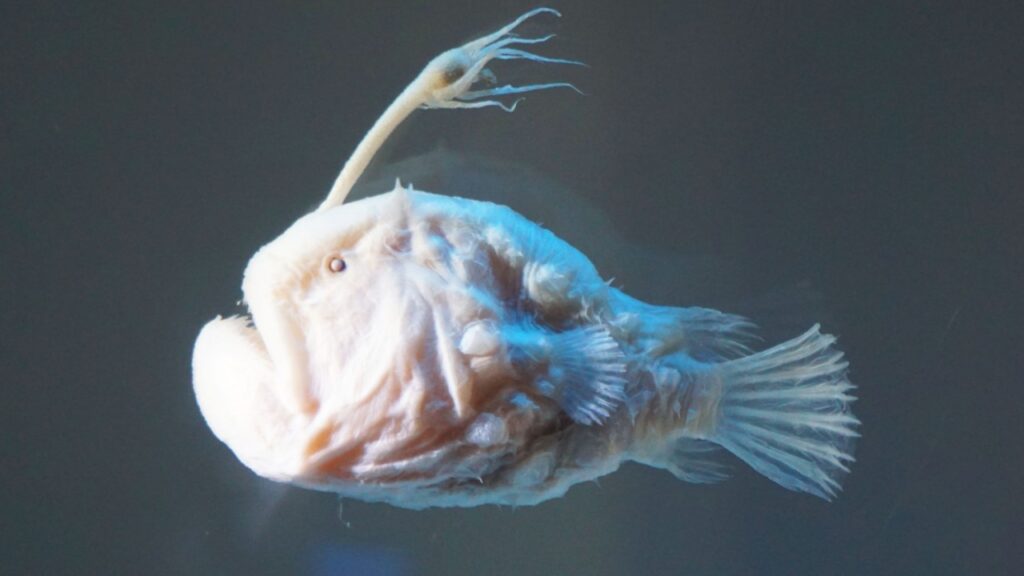
The anglerfish is a true monster of the deep. Its enormous mouth filled with needle-sharp teeth can swallow prey twice its size. But its most striking feature is the glowing lure that dangles from its forehead. This bioluminescent “fishing rod” attracts unsuspecting prey in the pitch-black waters. Female anglerfish can grow up to 1.2 metres long, while males are much smaller and often permanently attach themselves to females as parasitic mates.
Barreleye Fish
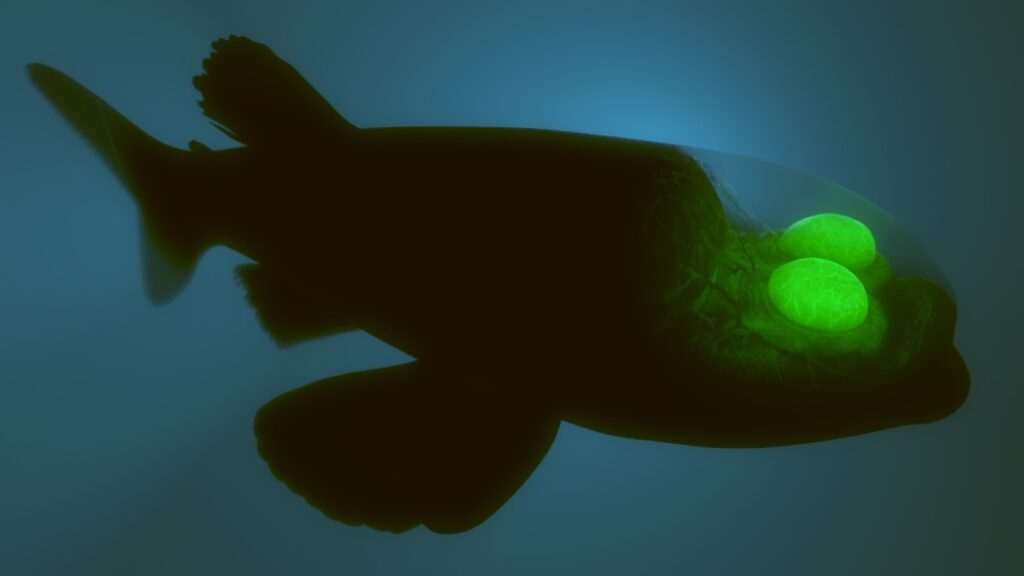
With a transparent head and eyes that can look straight up, the barreleye fish seems to defy belief. Its tubular eyes are extremely light-sensitive, allowing it to spot prey swimming above. The see-through dome protects its delicate eyes as it hunts for small crustaceans and jellyfish. Barreleye fish can rotate their eyes forward to see what they’re eating once they’ve caught their prey.
Giant Isopod
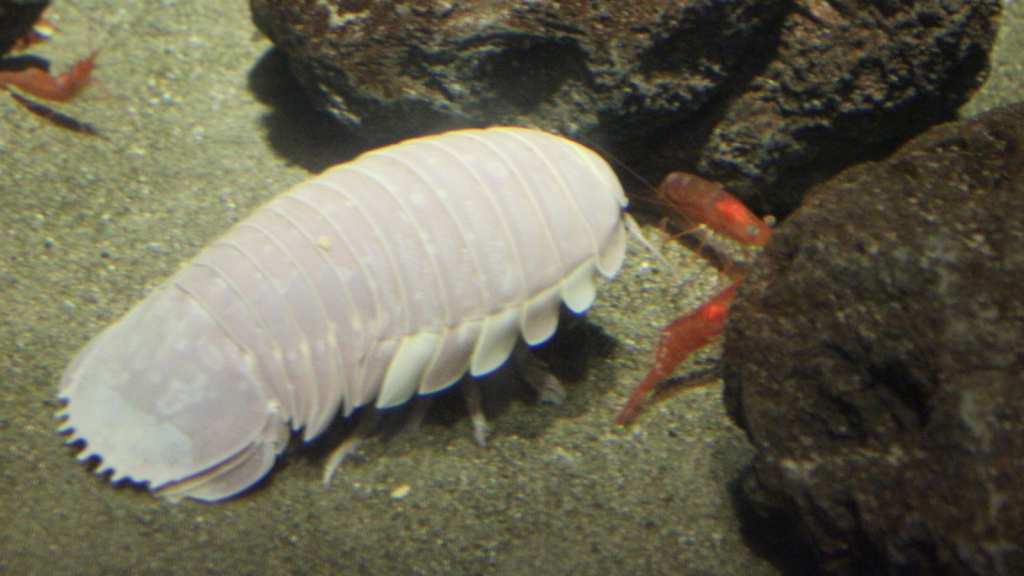
Imagine a woodlouse the size of a rugby ball. That’s the giant isopod, a deep-sea scavenger that can grow up to 76 centimetres long. With its armoured exoskeleton and multiple pairs of legs, this creature looks like it could have crawled out of a science fiction film. Giant isopods can go for years without eating, surviving on the sparse food available in the deep sea.
Vampire Squid
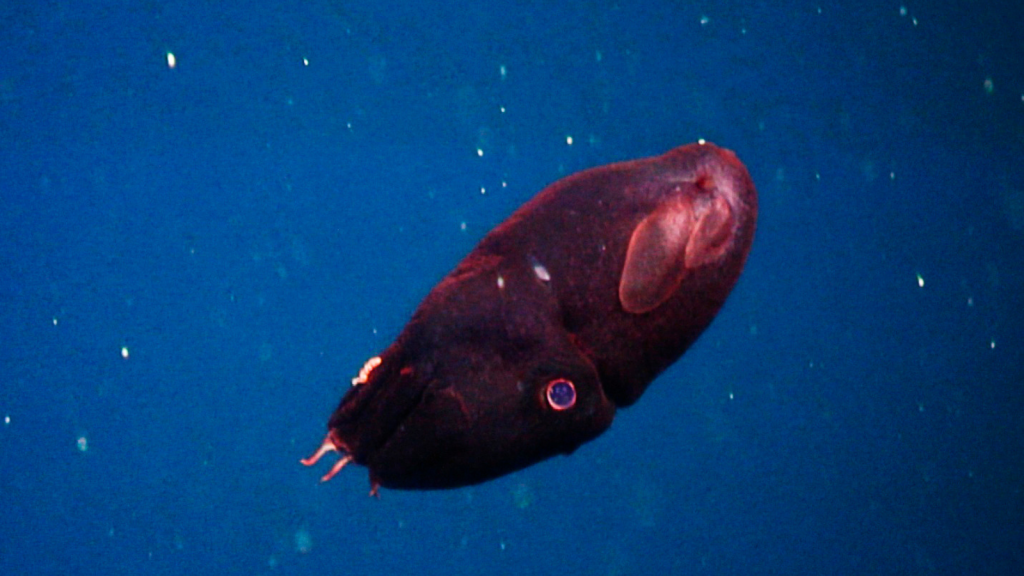
Despite its name, the vampire squid doesn’t suck blood. This small cephalopod gets its spooky moniker from its cape-like webbing and red eyes. When threatened, it can turn itself inside out, revealing spiny bristles that ward off predators. The vampire squid can also emit a sticky, bioluminescent mucus to confuse potential threats.
Frilled Shark
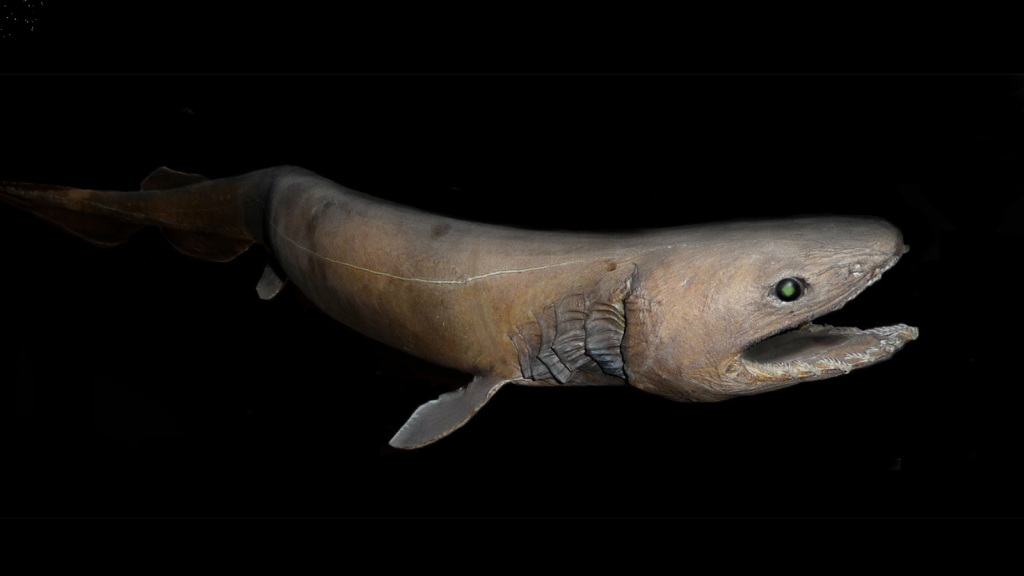
With a body like an eel and a head like a snake, the frilled shark is a living fossil. Its ancestry dates back 80 million years, and it still bears many primitive features. Its mouth is lined with 300 trident-shaped teeth, perfect for snagging slippery prey in the deep. Frilled sharks are rarely seen by humans and can grow up to 2 metres in length.
Blobfish
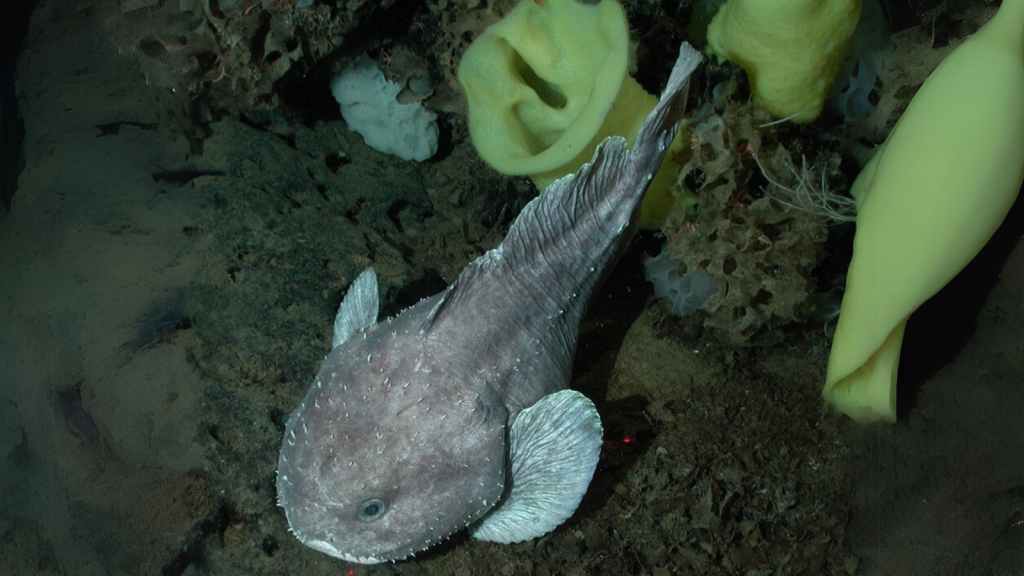
Out of water, the blobfish looks like a grumpy, gelatinous mess. But in its natural habitat, 600-1,200 metres below the surface, high pressure gives it a more normal fish-like appearance. Its jelly-like body allows it to float above the sea floor with minimal effort. The blobfish’s gelatinous flesh is slightly less dense than water, helping it maintain neutral buoyancy without expending energy.
Dumbo Octopus
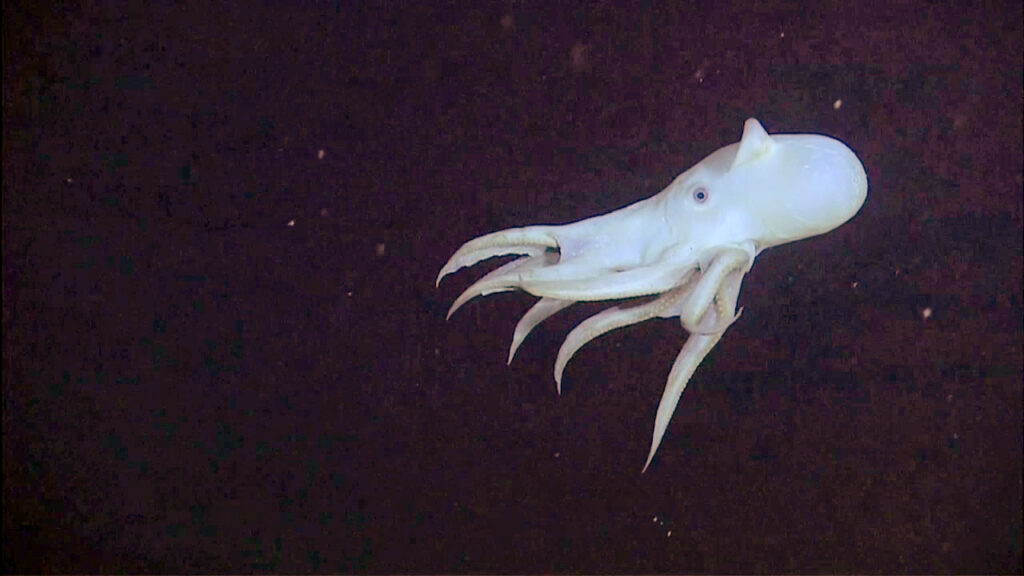
Named after Disney’s flying elephant, the dumbo octopus has two ear-like fins that it flaps to swim. It’s the deepest-living octopus known to science, found at depths of up to 4,000 metres. Despite its cute appearance, it’s a skilled predator that swallows its prey whole. Dumbo octopuses are the only known octopus species to lack an ink sac, as it’s unnecessary in the darkness of the deep sea.
Giant Tube Worms
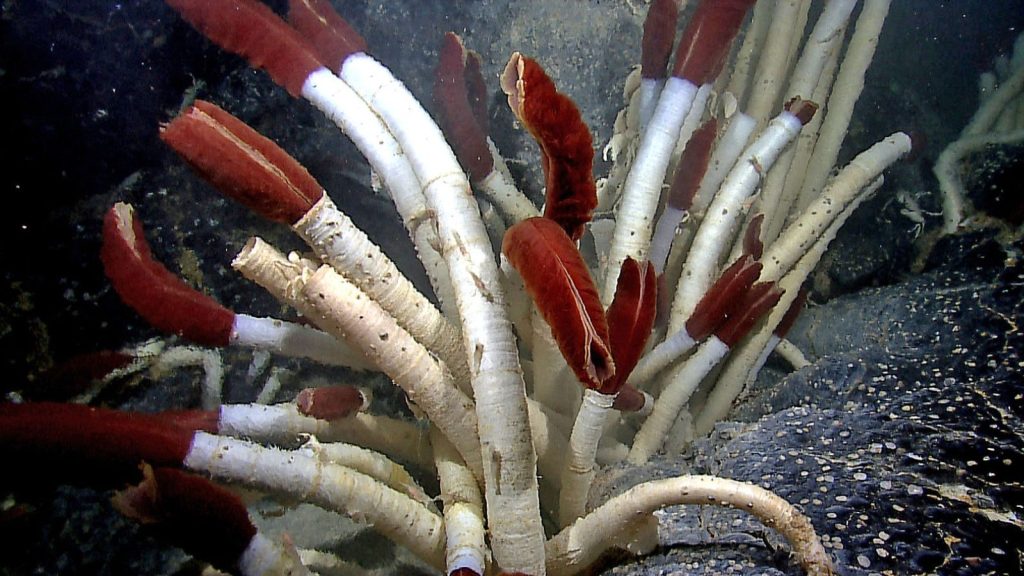
These bizarre creatures can grow up to 2.4 metres long and lack a mouth, gut, and anus. Instead, they rely on bacteria living inside them to convert chemicals from hydrothermal vents into food. Their bright red plumes absorb oxygen and other nutrients from the water. Giant tube worms can live for over 250 years, making them some of the longest-lived animals on Earth.
Viperfish
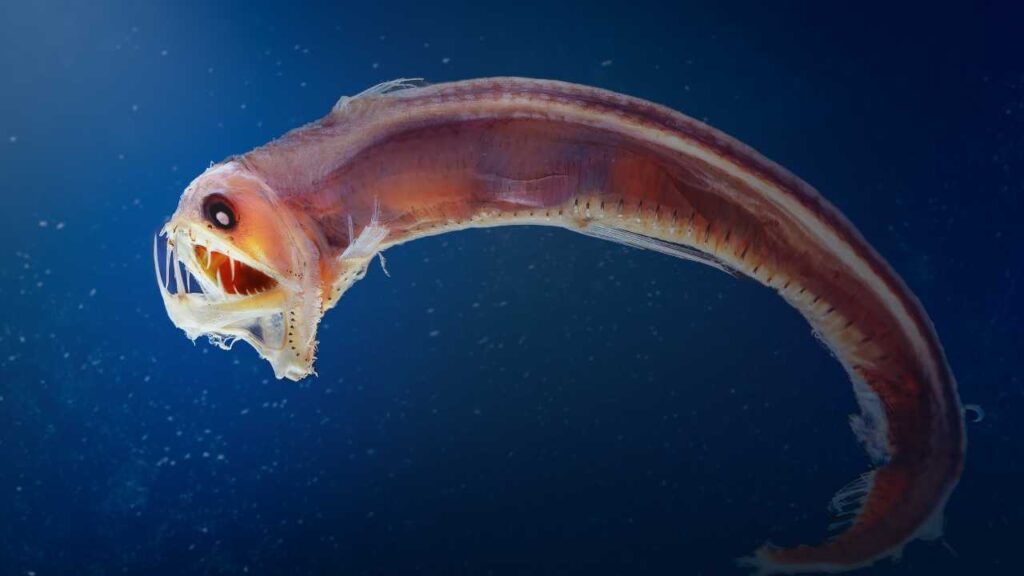
With enormous fang-like teeth and a long, slender body, the viperfish is a fearsome predator. Its lower fangs are so large that they curve back towards its eyes when its mouth is closed. It uses a light-producing organ to lure prey in the darkness. Viperfish can unhinge their jaws and expand their stomachs to swallow prey up to a third of their own body size.
Goblin Shark
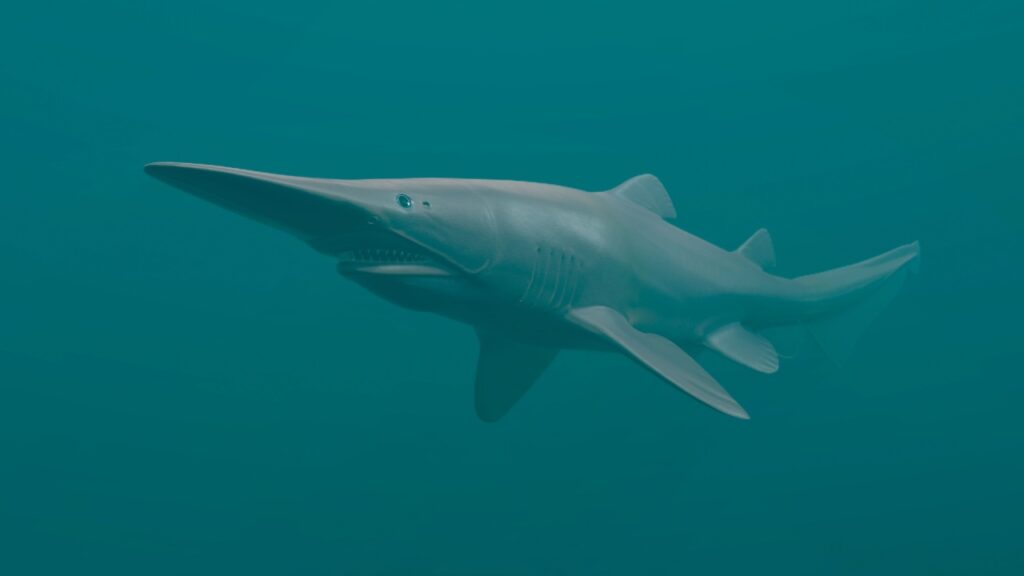
Often called a “living fossil,” the goblin shark has remained largely unchanged for millions of years. Its most striking feature is its protruding snout and extendable jaws, which can shoot forward to catch prey. Its pale pink colour comes from blood vessels visible through its thin skin. Goblin sharks can extend their jaws up to 9.5 centimetres away from their skull when attacking prey.
Fangtooth Fish
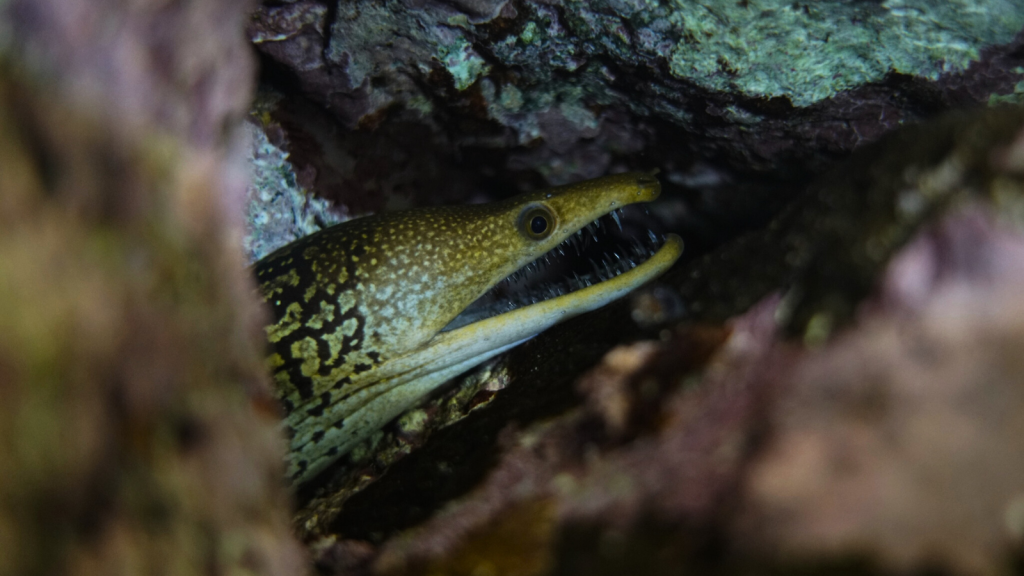
Despite its terrifying name and appearance, the fangtooth fish is quite small, growing to only about 16 centimetres long. Its massive teeth are the largest in proportion to body size of any fish. These help it hang onto prey in a place where food is scarce. Fangtooth fish have special pouches in their mouths to store their enormous teeth when their jaws are closed.
Glass Squid
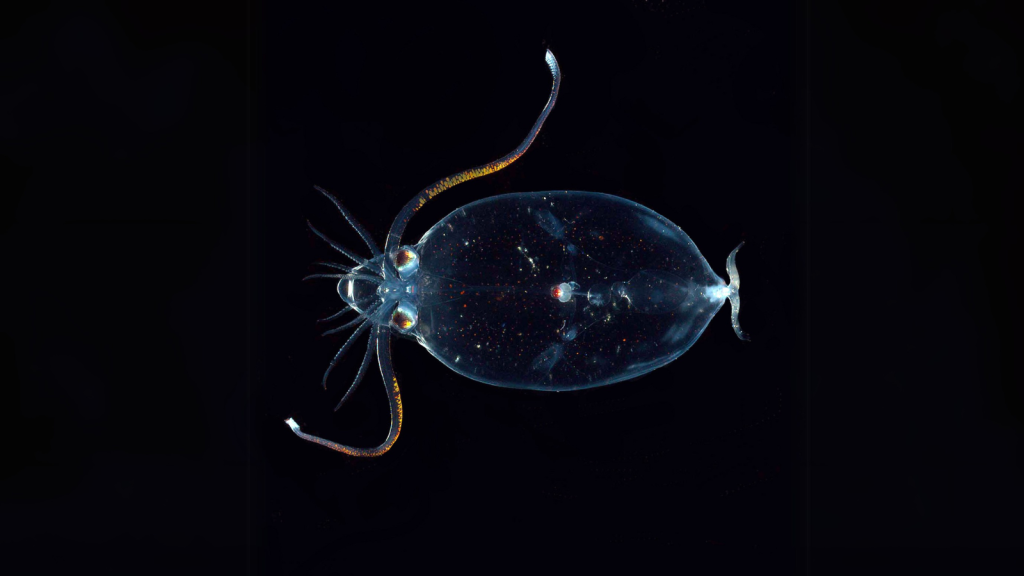
The glass squid’s body is almost completely transparent, with only its eyes and internal organs visible. This see-through quality helps it avoid predators in the midwater where there’s nowhere to hide. Some species can eject a cloud of bioluminescent fluid to confuse attackers. Glass squids have light-producing organs called photophores that they use to counter-illuminate their silhouette, making them nearly invisible from below.
Gulper Eel
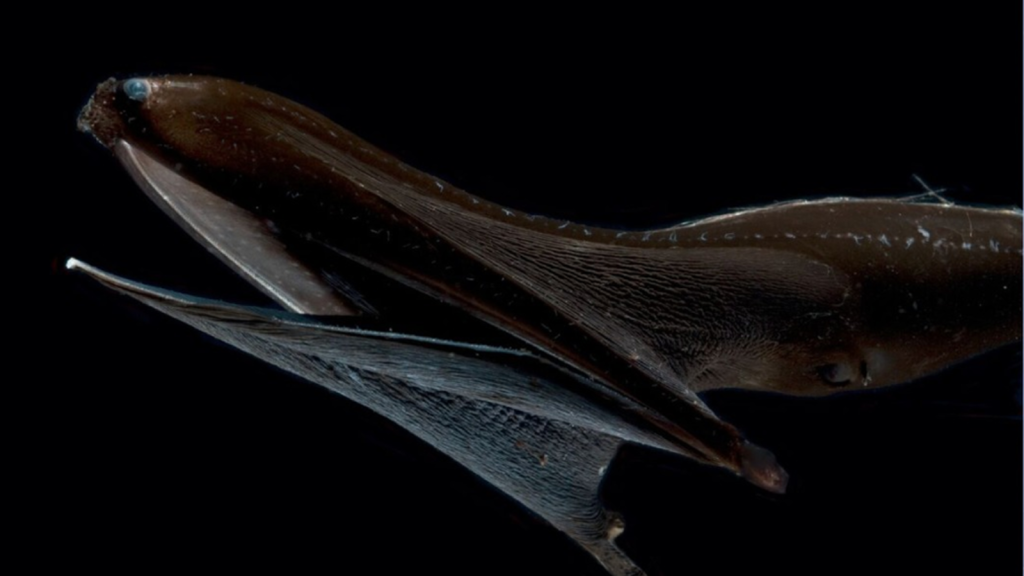
Also known as the pelican eel, this bizarre creature has a mouth far larger than its body. It can open its giant jaws wide enough to swallow prey much larger than itself. Its tiny eyes are practically useless, so it relies on other senses to find food in the dark. The gulper eel’s tail is tipped with a light-producing organ that it may use as a lure to attract prey.
Hatchetfish

Named for its hatchet-like shape, this small fish has large, upward-facing eyes to spot prey above it. Its sides are covered in light-producing organs that help it blend in with the faint sunlight filtering down from above, hiding it from predators below. Hatchetfish can adjust the intensity of their bioluminescence to match the exact amount of light coming from above, making their camouflage nearly perfect.
Comb Jelly
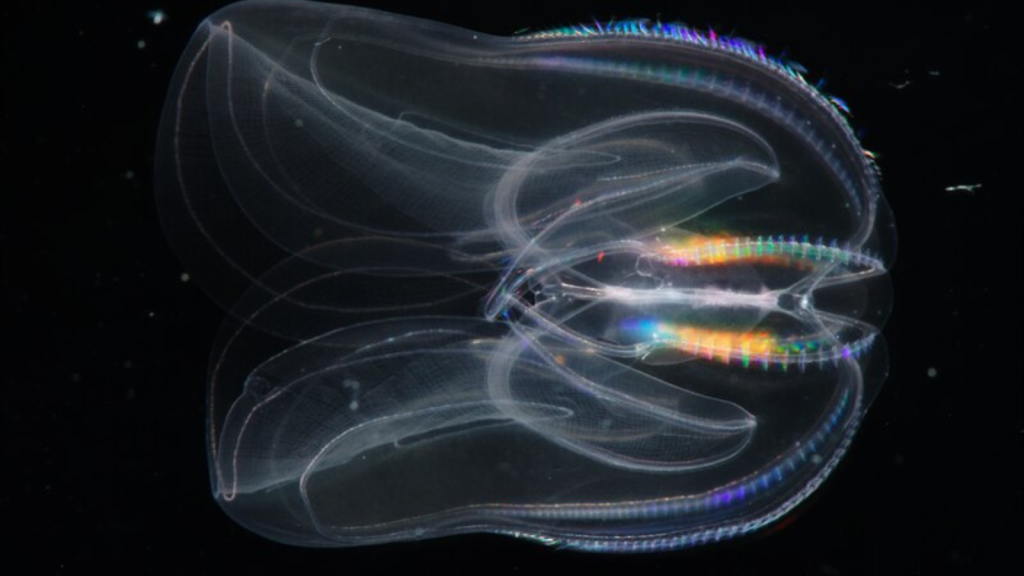
Unlike jellyfish, comb jellies don’t sting. Instead, they use rows of comb-like cilia to swim and capture prey. Many deep-sea species can produce dazzling light displays, creating rainbow-like patterns as they move through the water. Some comb jellies are cannibals, with larger species often preying on smaller ones in the deep sea where food is scarce.
Becky is a fervent wildlife enthusiast and pet care expert with a diploma in canine nutrition. Her love for animals stretches beyond the domestic, embracing the wild tapestry of global fauna. With over a decade of experience in animal welfare, Becky lends her expertise to OutlandishOwl through insightful articles, captivating wildlife information, and invaluable guidance on pet nutrition. Her work embodies a deep commitment to understanding the intricate lives of animals and a passion for educating others on sustaining natural habitats. Becky's hands-on conservation efforts and her knack for translating complex dietary science into practical pet feeding tips make her an indispensable voice for creatures great and small.




